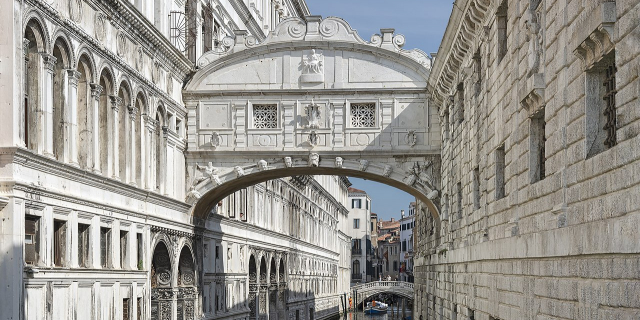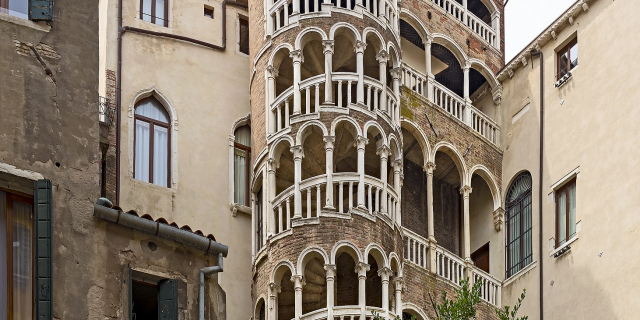Burano
Burano is an island in the Venetian Lagoon, northern Italy, near Torcello at the northern end of the lagoon, known for its lace work and brightly coloured homes. The primary economy is tourism.
 The canal area includes many stores and restaurants targeting tourists.
The canal area includes many stores and restaurants targeting tourists. Colourfully painted houses of Burano.
Colourfully painted houses of Burano.The island was probably settled by the Romans, and in the 6th century was occupied by people from Altino, who named it for one of the gates of their former city. Two stories are attributed to how the city obtained its name. One is that it was initially founded by the Buriana family, and another is that the first settlers of Burano came from the small island of Buranello, about 8 kilometres (5 miles) to the south.[citation needed]
Although the island soon became a thriving settlement, it was administered from Torcello and had none of the privileges of that island or of Murano. It rose in importance only in the 16th century, when women on the island began making lace with needles, being introduced to such a trade via Venetian-ruled Cyprus.[1] When Leonardo da Vinci visited in 1481, he visited the small town of Pano Lefkara and purchased a cloth for the main altar of the Duomo di Milano. The lace was soon exported across Europe, but trade began to decline in the 18th century and the industry did not revive until 1872, when a school of lacemaking was opened.[2] Lacemaking on the island boomed again, but few now make lace in the traditional manner as it is extremely time-consuming and therefore expensive.[3]
Burano has been home to great artists such as the composer Baldassare Galuppi who was born in 1706, the singer-songwriter Pino Donaggio who was born in 1941 and the sculptor Remigio Barbaro who was born in 1911.[4]

































Add new comment